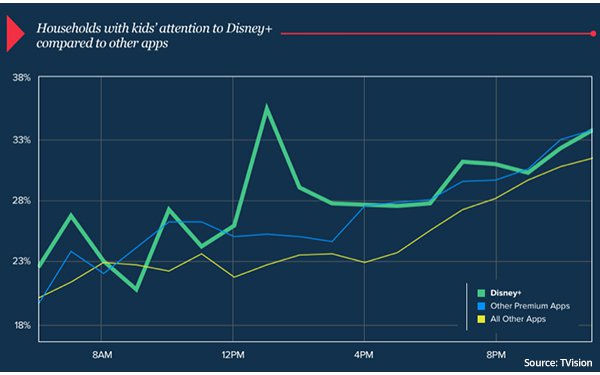
Highly scrutinized co-viewing data continues to be important
measure in the modern digital video world -- especially with sports and also one-time major events.
In November, Netflix’s “Tyson vs. Paul” boxing event posted viewing levels
near to the Super Bowl toward the end of the match -- where there was on average two viewers per viewing household, according to TVision.
Research showed that the airing of the program from 8
p.m. to 12 a.m. -- which included preliminary matches -- had increasing co-viewing, from a 1.78 to a 1.94.
Over the same period, broader streaming co-viewing for all on-demand OTT programming
was higher than linear TV -- at a constant 1.66 average.
By comparison, linear TV posted a 1.38 average, while the "Tyson vs. Paul" event averaged 1.87.
TVision data estimates that 108
million U.S. viewers watched the boxing program, and says that by the final hour, more than half the entire TV viewing audience watched the fight.
advertisement
advertisement
Analyst cite continued value in observing
co-viewing because it can produce real-time engagement and communication among those in the room -- especially when there are children present. This can change typical TV “passive” viewing
to more “active” consumption -- something that benefits TV content producers and advertisers.
TVision -- which measures attention through eyes-on-the-screen technology -- says
viewing in households with kids, where there is co-viewing of premium TV content, results in higher attention.
In particular, content on Disney+ where there is co-viewing with kids shows 4%
more attention than other apps.
Looking at all co-viewing -- regardless of age and gender -- Disney+ scores the most viewers per viewing household, with a 1.7.
Prime Video and Hulu are
next -- each with a 1.5 -- followed by Paramount+, Tubi and Netflix, each with a 1.4 for attention.